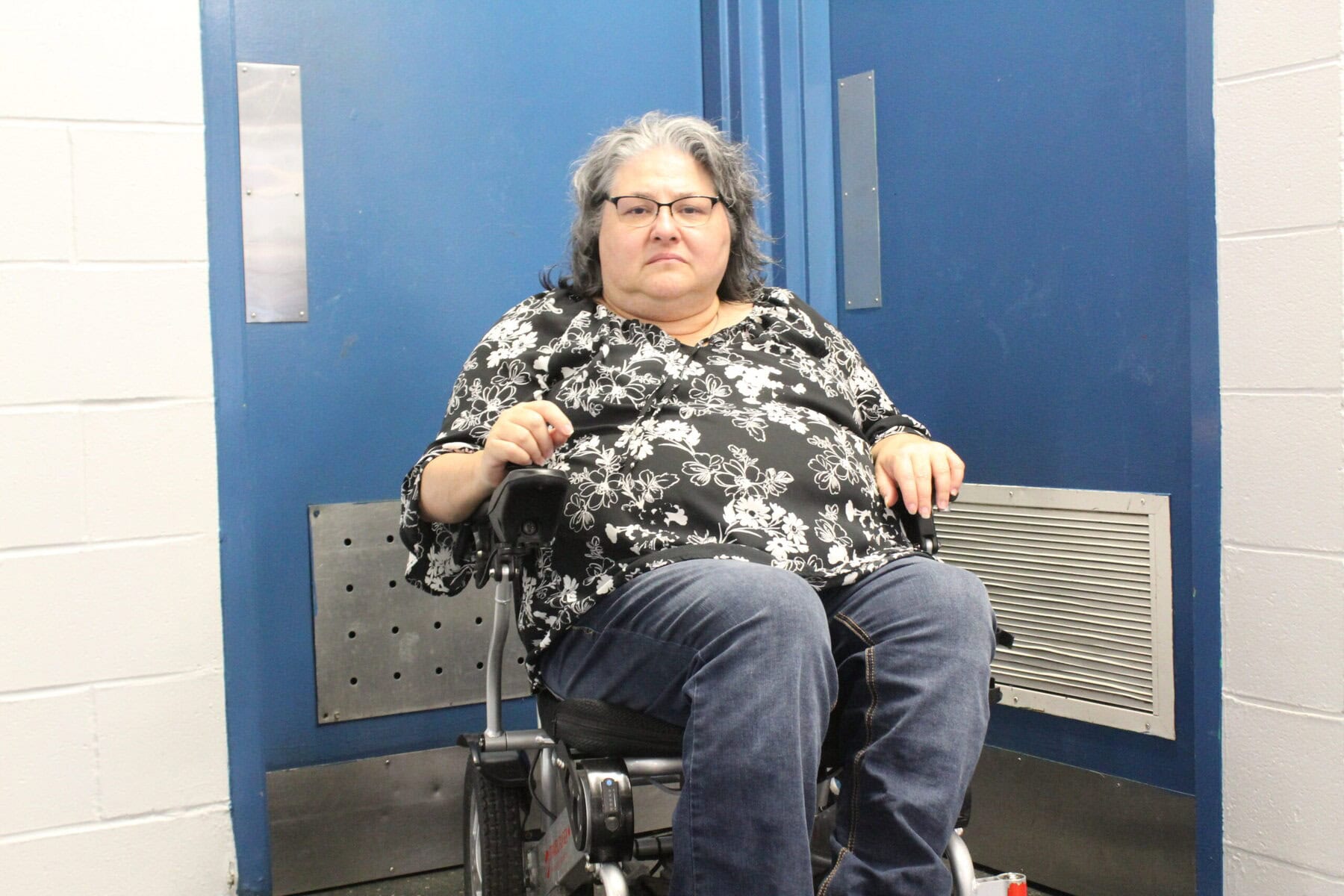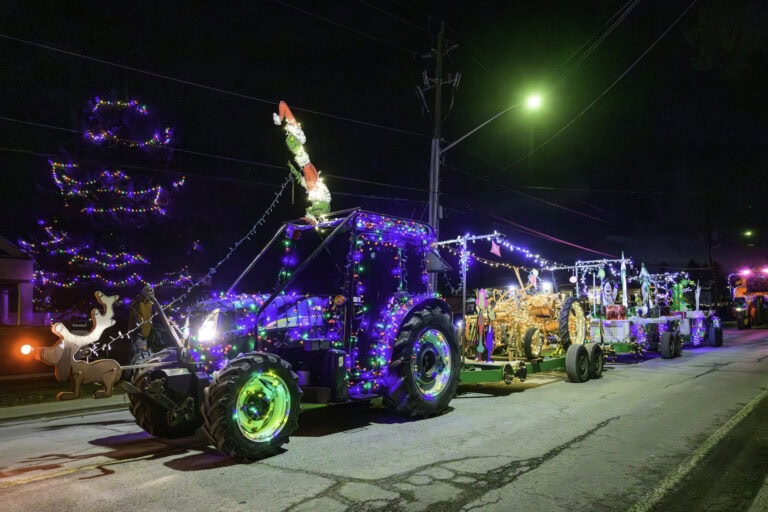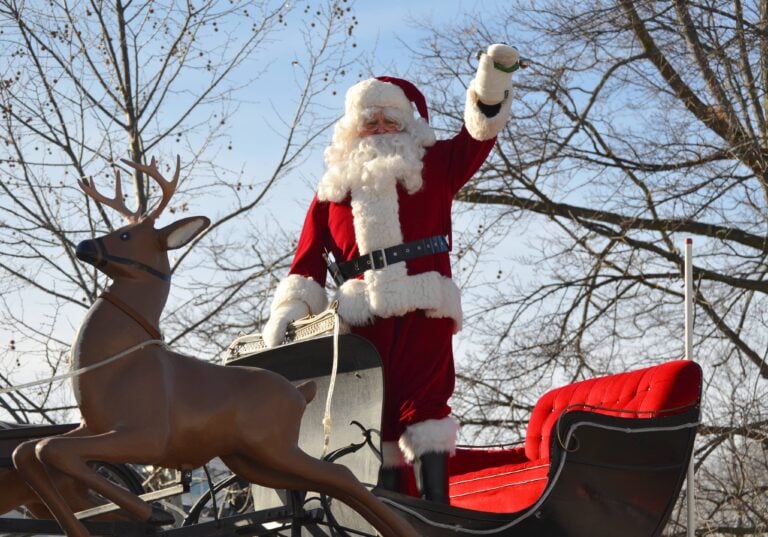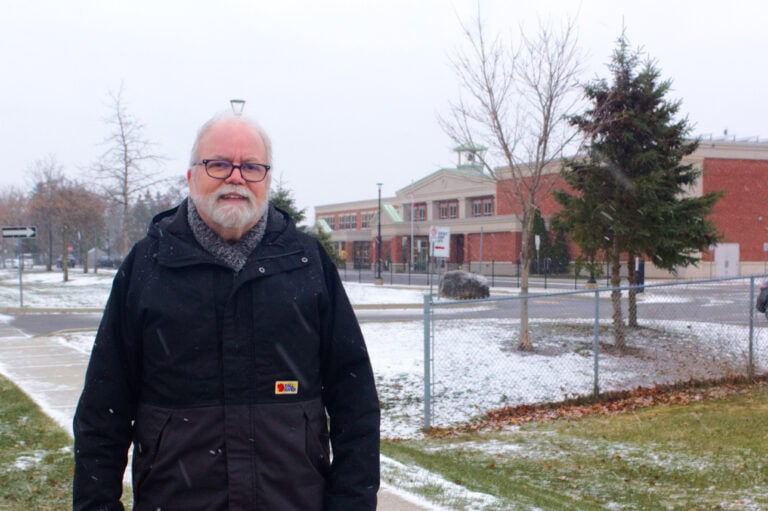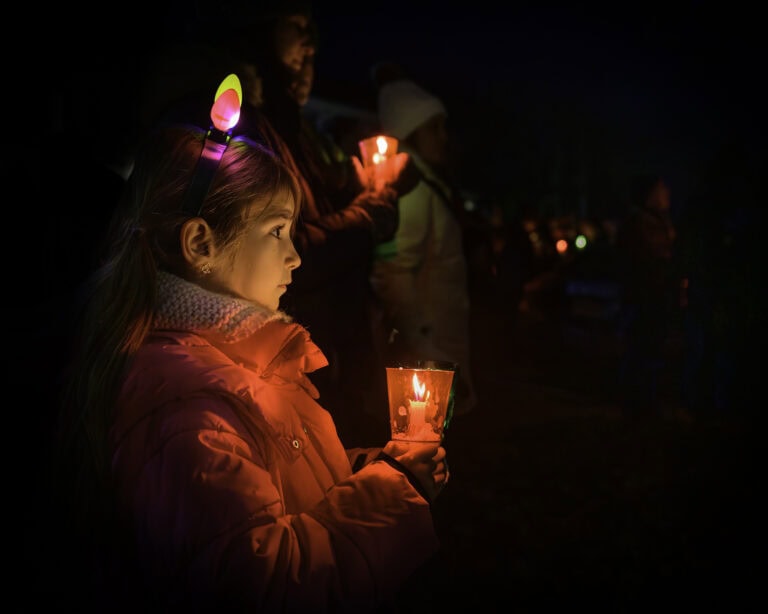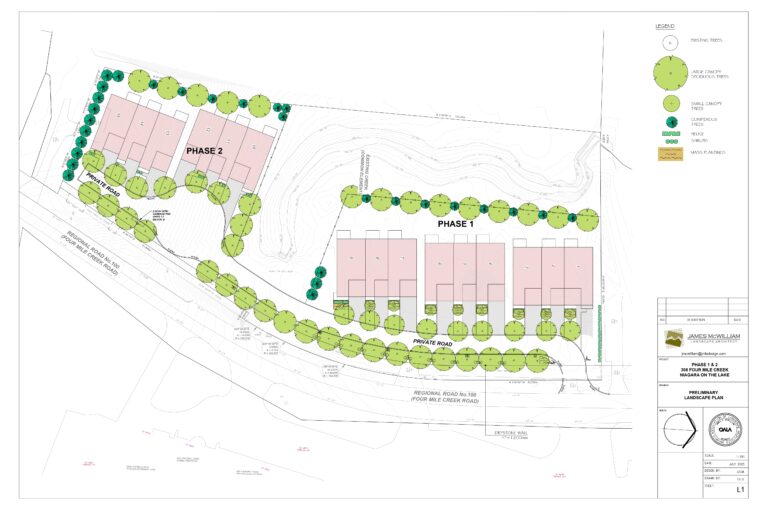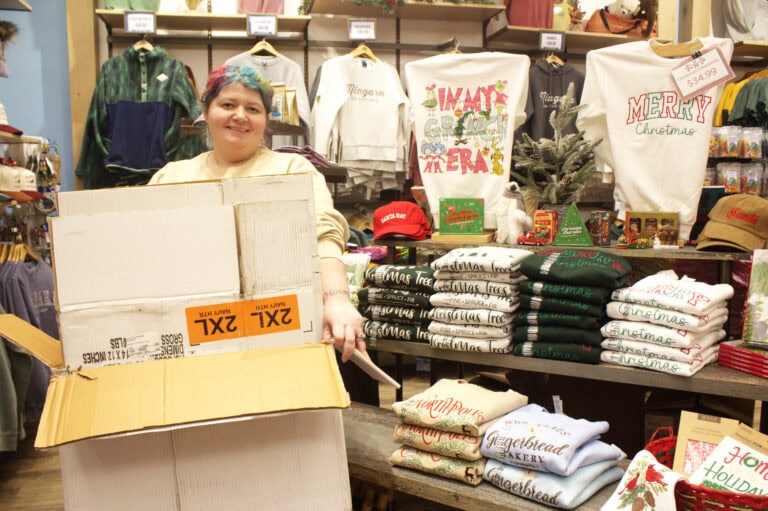Five years ago, Donna Herrington and her consulting firm, the Herrington Group, conducted an accessibility audit of five public facilities in Niagara-on-the-Lake.
Commissioned by the town, the audit became the basis for what is now known as the Herrington report.
“We wanted to give (the town) a more accurate snapshot of what things looked like in terms of disability,” said Herrington.
Five years later, the town says the most urgent upgrades have been addressed — at least, partially. But it is much harder to get the fixes done which address fixes to a building that make it truly accessible.
The facilities reviewed included Centennial Arena, fire stations 2 and 4, Queenston Library and St. Davids Pool. The report prioritized recommendations in three tiers, with an estimated total cost of $938,010 to complete all upgrades.
Centennial Arena’s priority fixes done
Priority one included urgent fixes related to life safety — such as access to defibrillators, fire alarm pull stations and visible strobe lights. These issues were identified at the two fire stations and Centennial Arena, with a combined cost of $10,080.
Kevin Turcotte, the town’s parks and recreation manager, who held the same position in 2020, said these urgent items have been at least partially addressed.
“All the priority one items that were identified for the Centennial Arena for the visual strobes (for fire alarms) have been completed,” Turcotte said.
As for the two fire stations, Turcotte did not have information about the status of the fixes at press time, as those locations “aren’t fully public, accessible facilities.”
The town later followed up by saying:
“Fire Stations 2 and 4 are scheduled to receive strobe installations as part of our ongoing accessibility improvements. These upgrades will ensure that anyone in the stations with hearing impairments can be properly alerted in the event of an emergency.”
In December 2020, staff brought a recommendation to council to consolidate fire stations two and four by 2030. One of the reasons for the recommendation was the potential for increased accessibility based on the Herrington report. It was approved in principle by council.
Lower-priority improvements still pending
Priority two addressed provincial accessibility regulations and included upgrades like accessible parking, entrances, automatic doors and ramps. Priority three covered nice-to-have features, such as elevators, that would improve accessibility.
Turcotte said it’s hard to say how many of the lower-priority recommendations are done.
“Some of these we don’t really do until there’s a full renovation,” he said, noting that funding remains a significant barrier for the town in general.
Because of this, he said there is no exact timeline for implementing the rest of the Herrington report’s recommendations.
Age of buildings a major challenge
Turcotte said the buildings were selected partly due to their age. Fire station 2 was built in 1984, fire station 4 in 1974, Centennial Arena in 1967, St. Davids Pool in 1969 and the Queenston Library in 1842.
“We’re trying to get all of our buildings reviewed,” he said. “The fire ones were selected by the fire department … Centennial Arena was selected due to the age of the facility, and the Queenston Library was obviously selected due to the age of the facility.”
Older buildings pose the biggest challenge, he said, as they often fall far short of current accessibility standards.
“We know that some of the spaces are older, and we knew that they didn’t conform to current accessibility standards,” Turcotte said. “There were no standards at the time it was built.”
Herrington also noted that each facility has different needs depending on its function.
“Libraries are very public places,” she said, as an example, “so they have higher needs in terms of path of travel, in terms of clear space, washroom accessibility, that kind of thing.”
She compared libraries to fire stations, which aren’t public spaces but still “need to be available” during emergencies. That, she said, changes the accessibility requirements.
Mixed experiences in 2025
Despite some improvements, accessibility advocates say the experience for people with disabilities remains inconsistent.
Lauren Bubnic, a member of the Niagara Region’s joint accessibility advisory committee, said her recent visits to Centennial Arena and St. Davids Pool were disappointing.
“I can only say in my personal experience that the Centennial Arena washrooms are not accessible — neither are the change rooms for the skating rink,” she said.
“St. David’s Pool, like Niagara Pool, is wildly inaccessible and can’t possibly be to code anymore with plaster chipping off the side of the pool.”
Town highlights other successes
Turcotte pointed to several recent successes in the town’s broader accessibility efforts, including the StopGap ramp program, accessible picnic tables and swings in parks, and an accessibility award for the NOTL Community Centre from the joint accessibility advisory committee.
“I think we do a good job overall in providing an acceptable experience when people visit our parks spaces at NOTL,” he said.
Still, he acknowledged the core issue remains: aging infrastructure that wasn’t built to meet today’s standards.
“A lot of our buildings have aging infrastructure,” Turcotte said. “So that’s probably a challenge in retrofitting any space and getting those dollars to do that.”
You can see the Herrington report’s executive summary here and the audit results here.



